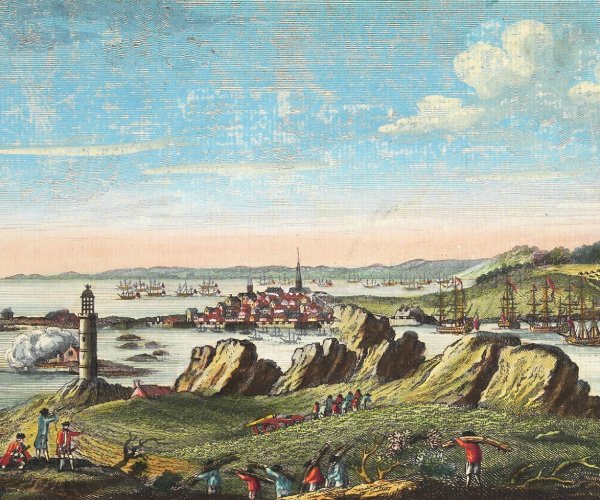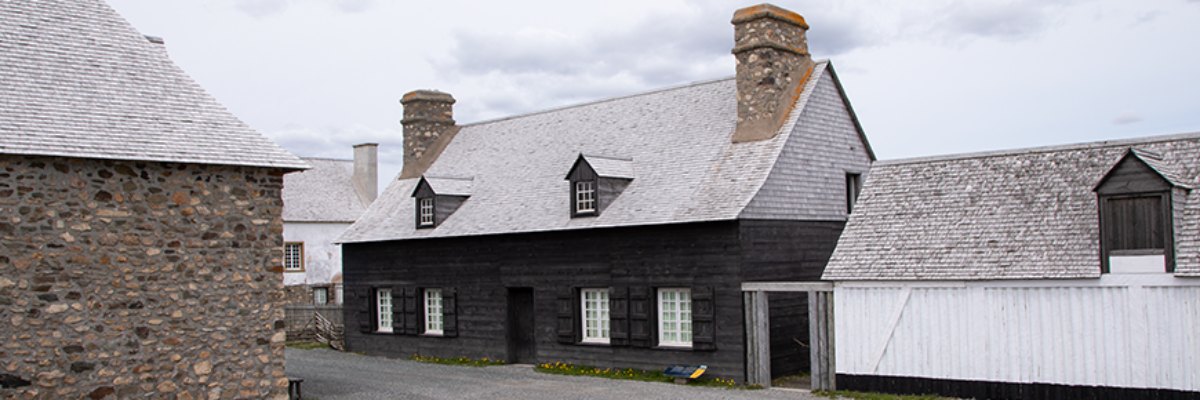Jeanne Dugas National Historic Person (1731-1817)

© Parks Canada
Jeanne Dugas was designated a national historic person in 2014.
Historical importance: Her life illustrates the experiences of Acadians in the eighteenth and early nineteenth centuries, before, during and after the Grand Dérangement (the Deportation).
Commemorative plaque: 15584 Cabot Trail, Chéticamp, Nova ScotiaFootnote 1
Jeanne Dugas (1731-1817)
The life story of Jeanne Dugas illustrates the experiences of Acadians in the second half of the 18th century. She and her family fled Ile-Royale (Cape Breton Island) to escape the deportation of 1758, but were later captured by the British and imprisoned in Halifax. Freed sometime after the end of the war in 1763, they returned home to Ile Royale. Midwife, keeper of Acadian stories, and co-founder of Chéticamp around 1785, she helped create a flourishing community. Dugas, who lived through eight dislocations in all, embodies the resourcefulness and resilience of Acadian women who survived through 50 years of upheaval and war.
Jeanne Dugas (1731-1817)
The life story of Jeanne Dugas, an Acadian woman born in Louisbourg in 1731, offers a realistic image of the experiences and viewpoints of Acadian women in the 18th century during a pivotal period in Acadian history in Canada. Starting in 1755, Nova Scotia’s Acadians, unwilling to swear unqualified oaths of allegiance to the British Crown, were rounded up and put on ships bound for British colonies. This was the beginning of the Grand Dérangement, also known as the Expulsion of the Acadians. At the time the expulsion began, Jeanne Dugas and her family lived on Île-Royale (now Cape Breton Island), which was still French territory. However, in 1758, Louisbourg fell to the British and the Acadians of Île-Royale were also at risk. Dugas and her family fled to avoid capture and found refuge with other Acadians along the Gulf of St. Lawrence. In 1761, she and her family were taken prisoner following a raid on refugee camps and were detained near Halifax. After being released, she lived in several Acadian communities before settling in Chéticamp.

© Parks Canada

© Library and Archives Canada / Collection of Canadiana / Peter Winkworth / R9266-1520
Dugas’s personal history illustrates the experiences of Acadians in the 18th and early 19th centuries, before, during and after the Grand Dérangement. She and her family lived through eight dislocations over a period of 50 years, and her life sketches a picture of continuous and ongoing movement, showing the expulsion as a longer and more complex phenomenon than generally thought. Dugas’s story also reveals linkages between Acadians from across the region, including those from Acadia, Île-Royale and Île-Saint-Jean, as well as Restigouche and the Gulf of St. Lawrence. Her numerous displacements connect geographically distant places that together play an important role in Acadian history.

© Parks Canada / Alaïs Nevert
Dugas and other Acadian women in this time period ensured the survival of their families and communities, thus contributing to the survival of the Acadian people. Throughout the instability of war, Dugas managed to feed and care for her family, and she helped rebuild her family’s life in new and unfamiliar locations. In Chéticamp, Dugas worked as the village midwife, and as midwives were also caregivers, she likely looked after the sick. In this role, she helped her community flourish during the years of Acadian resettlement in Cape Breton after 1764. She appeared in the census as a widow in 1809 and died eight years later, at 86 years of age. Jeanne Dugas’s personal story provides a depiction of Acadian women during the expulsion and the fortitude required to endure and survive.
The National Program of Historical Commemoration relies on the participation of Canadians in the identification of places, events and persons of national historic significance. Any member of the public can nominate a topic for consideration by the Historic Sites and Monuments Board of Canada.
- Date modified :